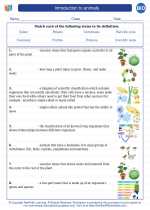What is Recombinant DNA?
Recombinant DNA is a type of DNA that is engineered by combining genetic material from different sources. This can involve the insertion of DNA from one organism into the genome of another, leading to the creation of new genetic combinations that do not occur naturally.
Techniques for Creating Recombinant DNA
There are several methods used to create recombinant DNA, including:
- Restriction Enzyme Digestion: Restriction enzymes are used to cut DNA at specific sequences, allowing for the precise removal and insertion of DNA fragments.
- Plasmid and Vector Systems: Circular DNA molecules called plasmids are often used as vectors to carry foreign DNA into host cells.
- PCR (Polymerase Chain Reaction): PCR is a technique used to amplify specific DNA sequences, creating multiple copies of a particular gene for further manipulation.
- Gene Cloning: This involves the insertion of a specific gene into a vector, which is then introduced into a host organism to produce multiple copies of the gene.
Applications of Recombinant DNA Technology
Recombinant DNA technology has numerous applications, including:
- Biopharmaceutical Production: The production of therapeutic proteins, such as insulin and growth hormones, using genetically engineered organisms.
- Agricultural Biotechnology: Creating genetically modified (GM) crops with desirable traits, such as pest resistance and increased yields.
- Gene Therapy: Introducing normal genes into a patient's cells to correct genetic disorders.
- Research and Development: Studying gene function, protein expression, and the causes of genetic diseases.
Ethical and Safety Considerations
Recombinant DNA technology raises ethical and safety concerns, including the potential release of genetically modified organisms into the environment and the implications of altering the genetic makeup of living organisms. It is important for scientists and policymakers to consider the ethical and safety implications of using recombinant DNA technology.
Study Tips
Here are some tips to help you understand and remember the concept of recombinant DNA:
- Understand the basic principles of DNA structure and function before delving into recombinant DNA technology.
- Review the processes of DNA replication, transcription, and translation, as these are essential for understanding how recombinant DNA is utilized by organisms.
- Practice analyzing and interpreting diagrams and experimental data related to recombinant DNA technology.
- Stay updated on current applications and advancements in the field of biotechnology, as these can provide real-world examples of recombinant DNA in action.
◂Biology Worksheets and Study Guides High School. Introduction to animals
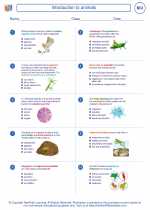
 Worksheet/Answer key
Worksheet/Answer key
 Worksheet/Answer key
Worksheet/Answer key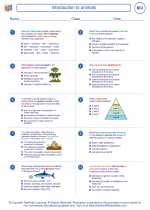
 Worksheet/Answer key
Worksheet/Answer key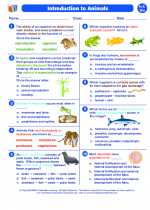
 Vocabulary/Answer key
Vocabulary/Answer key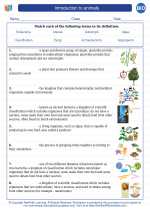
 Vocabulary/Answer key
Vocabulary/Answer key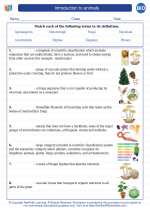
 Vocabulary/Answer key
Vocabulary/Answer key